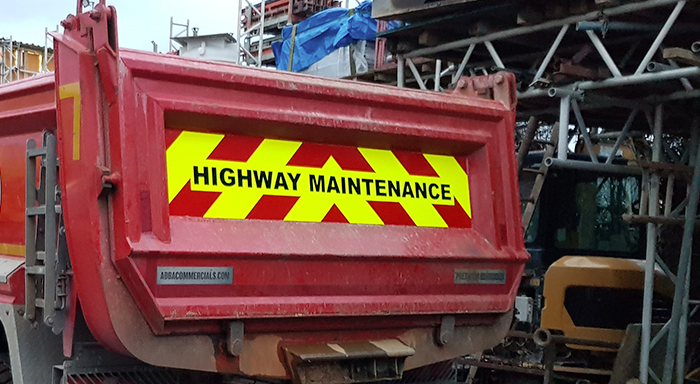
Chapter 8 Vehicle Livery Guide: A Comprehensive Overview
Introduction to Chapter 8 Livery
Chapter 8 of the UK Traffic Signs Manual provides essential guidelines for the design and application of temporary traffic management, including the high-visibility markings required on vehicles operating on or near the road. This guide covers the key aspects of Chapter 8 vehicle livery, detailing the requirements, design standards, application methods, and legal implications for compliance. It is intended for companies and individuals responsible for vehicle fleet management in industries such as road maintenance, construction, utilities, and emergency services.
What Is Chapter 8 Vehicle Livery?
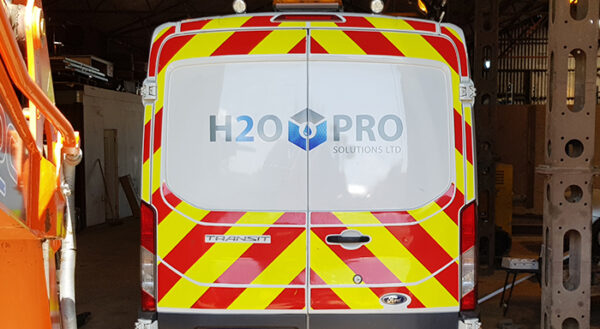
chapter 8 chevrons, chevrons, vehicle livery guide, chapter 8 compliant chevrons, vehicle graphics
Chapter 8 vehicle livery refers to the reflective markings and warning chevrons applied to vehicles to enhance their visibility, particularly when they are stationary or moving slowly on public roads. These markings are vital for ensuring safety in situations where vehicles are working in proximity to live traffic. The livery typically consists of bright, reflective colours -usually a combination of red, yellow, and sometimes white- arranged in a specific pattern on the rear and sides of the vehicle.
Why Is Chapter 8 Vehicle Livery Important?
The primary purpose of Chapter 8 vehicle livery is to reduce the risk of accidents by making vehicles more visible to other road users. This visibility is especially crucial in low-light conditions, adverse weather, or when vehicles are stopped in hazardous locations, such as on the hard shoulder or in active lanes of traffic. Properly applied livery helps to:
- Alert Drivers: Bright, reflective markings warn approaching drivers that they are nearing a potentially hazardous situation, giving them time to react appropriately.
- Ensure Legal Compliance: Adhering to Chapter 8 guidelines helps companies meet their legal obligations under UK health & safety legislation, thereby avoiding fines and legal action.
- Protect Workers and Public: Enhanced vehicle visibility significantly reduces the risk of collisions, protecting both the vehicle operators and the general public.
Design Requirements for Chapter 8 Livery
The design and application of Chapter 8 vehicle livery must follow specific guidelines to ensure effectiveness. Here are the key design requirements:
- Reflective Materials:
- The livery must use high-visibility reflective materials, typically conforming to standards such as BS EN 12899-1.
- These materials should provide both day and night visibility.
- Chevron Pattern:
- A key feature of Chapter 8 livery is the chevron pattern, which consists of alternating stripes of red and yellow.
- The chevrons should be angled at 45 degrees, pointing upwards away from the center of the vehicle.
- Each stripe should be a minimum of 150 mm wide.
- Color Specifications:
- The red stripes should be retroreflective, ensuring visibility in low-light conditions.
- The yellow stripes can be either fluorescent or retroreflective, depending on the specific application and location on the vehicle.
- Coverage:
- The chevrons should cover the full width of the vehicle’s rear and may extend to the sides if necessary.
- On the rear, the markings should be applied from the bottom edge of the vehicle to as high as practicable.
- Additional Markings:
- For larger vehicles, such as lorries and vans, additional horizontal reflective markings may be required along the sides of the vehicle.
- Rear markings should also include a red retroreflective border around any rear-facing signage.
Application Guidelines
Applying Chapter 8 vehicle livery requires precision to ensure it meets regulatory standards and effectively enhances visibility. Here are some best practices for application:
- Surface Preparation:
- Clean and dry the vehicle’s surface thoroughly before applying the livery.
- Ensure that all dirt, grease, and old adhesive residue are removed to allow proper adhesion.
- Measurement and Alignment:
- Carefully measure and mark the application area to ensure the chevrons are applied evenly and at the correct angle.
- Use alignment tools, such as masking tape, to keep the stripes straight and properly spaced.
- Adhesive Application:
- Apply the reflective material starting from one side, smoothing it down gradually to avoid air bubbles.
- Use a squeegee or similar tool to press the material firmly onto the vehicle’s surface.
- Finishing Touches:
- Once applied, inspect the livery for any imperfections, such as bubbles or misaligned stripes.
- Trim any excess material and seal the edges if necessary to prevent peeling.
- Regular Maintenance:
- Regularly inspect the livery to ensure it remains in good condition.
- Clean the markings as needed to maintain visibility, especially after exposure to dirt, dust, or road grime.
Legal and Compliance Considerations
Failure to comply with Chapter 8 vehicle livery requirements can have serious legal and financial consequences. Here’s what you need to know about compliance:
- Regulatory Compliance:
- The Traffic Signs Manual Chapter 8 provides the primary guidelines for vehicle livery, but compliance is also tied to broader health and safety legislation, such as the Health and Safety at Work Act 1974.
- The Construction (Design and Management) Regulations 2015 (CDM 2015) further emphasise the importance of safety planning, including appropriate vehicle signs & markings.
- Enforcement:
- While Chapter 8 itself is not a legal document, non-compliance can lead to enforcement actions under health and safety legislation.
- Companies may face penalties, including fines or prosecution, if inadequate vehicle markings contribute to an accident or safety breach.
- Insurance Implications:
- Properly applied Chapter 8 livery may also impact insurance coverage and claims. Insurance providers often require evidence of compliance with safety standards to process claims related to road traffic incidents.
- Risk Management:
- Adopting Chapter 8 guidelines as a standard practice can significantly reduce the risk of accidents, thereby protecting the company from potential legal claims and associated costs.
Industry Applications
Chapter 8 vehicle livery is essential across various industries where vehicles operate on or near public roads. Some key applications include:
- Road Construction and Maintenance:
- Vehicles involved in roadworks, such as tippers, excavators, and traffic management vans, must have compliant livery to ensure they are visible to other road users.
- Utility Services:
- Utility companies, including water, gas, and electricity providers, often operate vehicles on roadsides or within traffic lanes. Chapter 8 livery ensures these vehicles are adequately marked to prevent accidents.
- Emergency Services:
- While not always mandatory, emergency vehicles like ambulances and fire engines may use Chapter 8-compliant livery to enhance visibility during roadside operations.
- Municipal Services:
- Vehicles used for waste collection, street cleaning, and other municipal services that operate on public roads are also required to display appropriate livery.
Conclusion
Chapter 8 vehicle livery is a critical safety feature that ensures vehicles working on or near UK roads are highly visible to other road users. Adhering to the guidelines provided in Chapter 8 of the Traffic Signs Manual not only enhances safety but also ensures compliance with health and safety regulations.
For companies operating in road construction, utilities, and related industries, investing in high-quality, compliant vehicle livery is an essential aspect of risk management and legal compliance. Regular inspection and maintenance of these markings are equally important to ensure ongoing effectiveness and adherence to safety standards.
By following the detailed guidelines in this Chapter 8 vehicle livery guide, businesses can contribute to safer roads and protect their workforce and the general public from potential hazards.
- The information provided in this blog is for general informational purposes only and is not intended as legal advice. While we strive to ensure the accuracy and reliability of the content, regulations and standards may change. We recommend consulting with a qualified professional or relevant authorities to ensure compliance with current laws and guidelines. EU Signs Ltd and its affiliates disclaim any liability for actions taken based on the information presented in this blog.
- Related Articles:



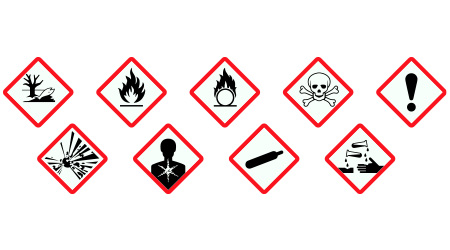

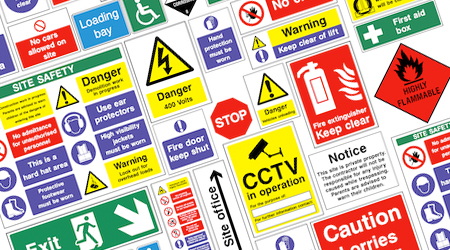
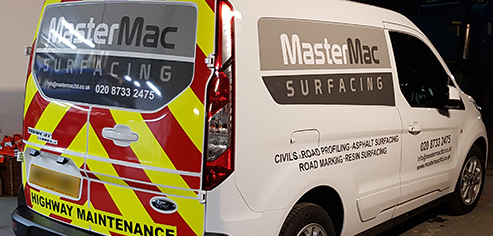




Recent Comments